The 20th century was a time of discoveries, cultural revolutions and new roads to self-expression, and fashion mirrored these changing attitudes. It is said that fashion is one of the pillars of culture, and we can see how, as time progressed, culture evolved with it.
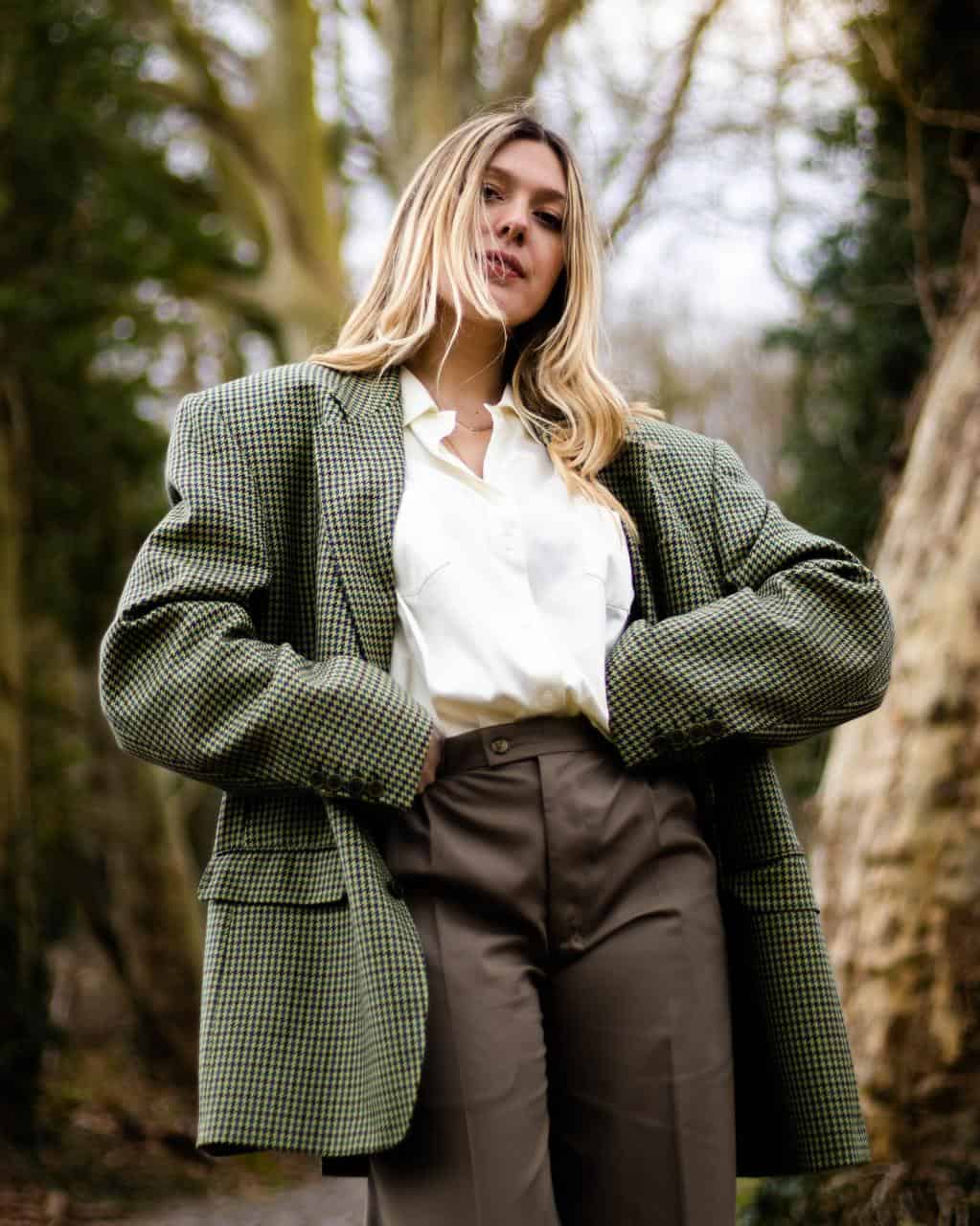
1901-1920
In the first decade of the century, fashion mainly stayed the same with minor differences, for example, how clothes used for sportswear became acceptable as daywear for men and how the new S-shaped corsets were dominating.
The 1920s featured a simpler style with the S-curve softening, but after a ballet showing of Scheherazade, Orientalism became popular. The war drastically affected fashion, with practical clothing being adopted, as people began to wear uniforms, while men started to once again popularize the trench coat, introduced by Burberry, for its utility.
1920-1940
Practical wear was further explored between the 20s and 40s, with women’s dresses losing their layers and becoming shorter. It also became acceptable for women to wear sportswear, just as it was acceptable for men since the early 1900s. Men’s fashion became less formal, one/two-button suit jackets without a vest/waistcoat being favored over three-piece suits.
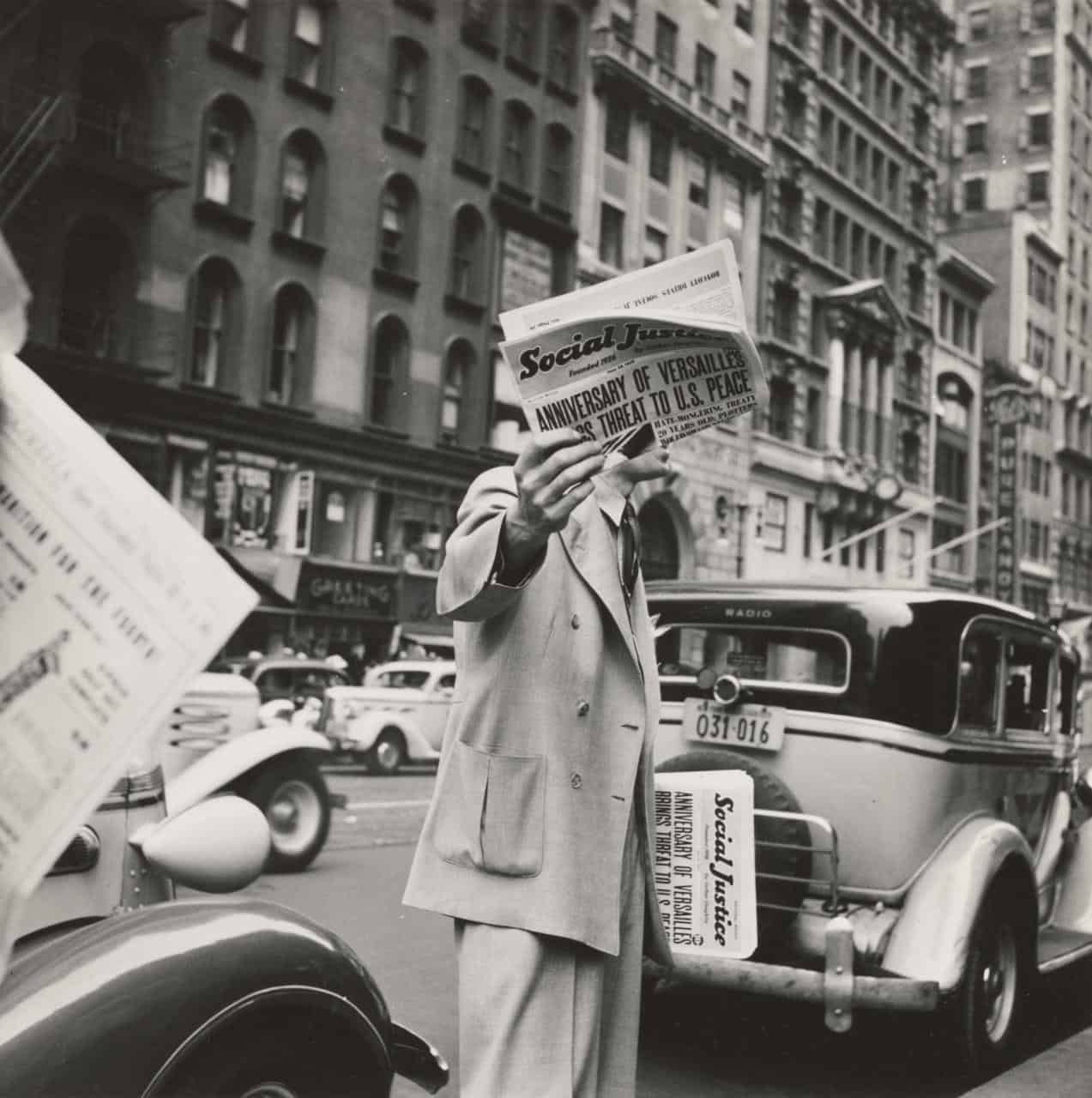
The 1930s saw women’s fashion return to a more feminine style with a more elegant look that hugged the body. Men’s fashion began to take inspiration from the movies of the time, resulting in less formal menswear.
1940-1960
The Second World War meant fashion’s evolution slowed down and became utilitarian, just like the first war. The new style was dubbed “Utility” clothing, and men wore uniforms or suits, while women wore Utility clothing designed by famous couturiers.
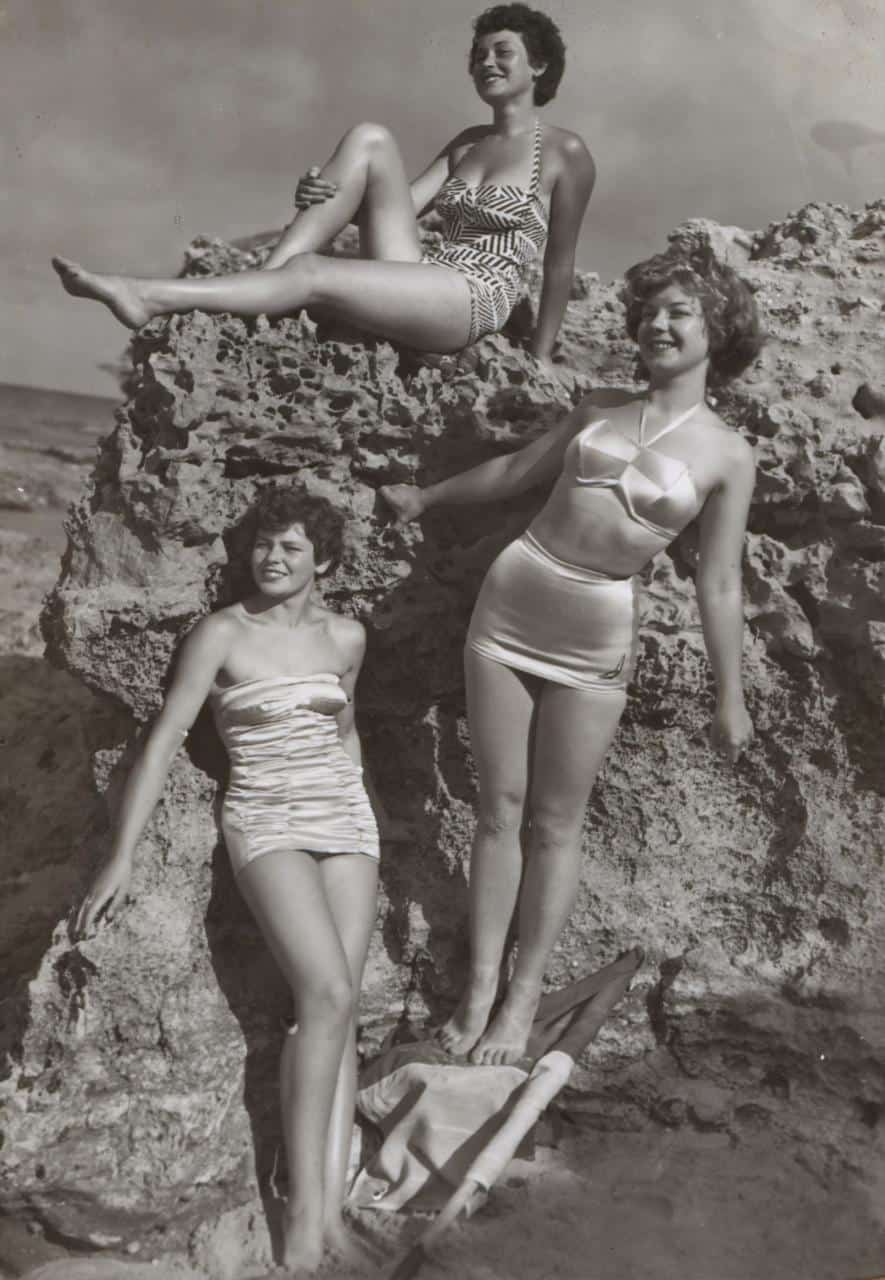
Clothing that was slimmer but more formal than previous trends was newly popular, but the significant difference in women’s fashion was the variety due to designer independence. Menswear became less formal with t-shirts and jeans, popularized by James Dean. Men still wore formal suits to events. However, the modern youth were beginning to break the boundaries of formal wear.
1960-1980
The 60s began with 50s skirt-suit fashion influenced by the First Lady Jaqueline Kennedy. New materials were used with a focus on pop art, and the ‘maxi-skirt’ quickly replaced the new miniskirt with the emergence of “hippie” culture. Rock stars like Jimi Hendrix and Mick Jagger had a major influence on menswear which became brighter and more casual with slim-fit trousers, boots and colorful prints.
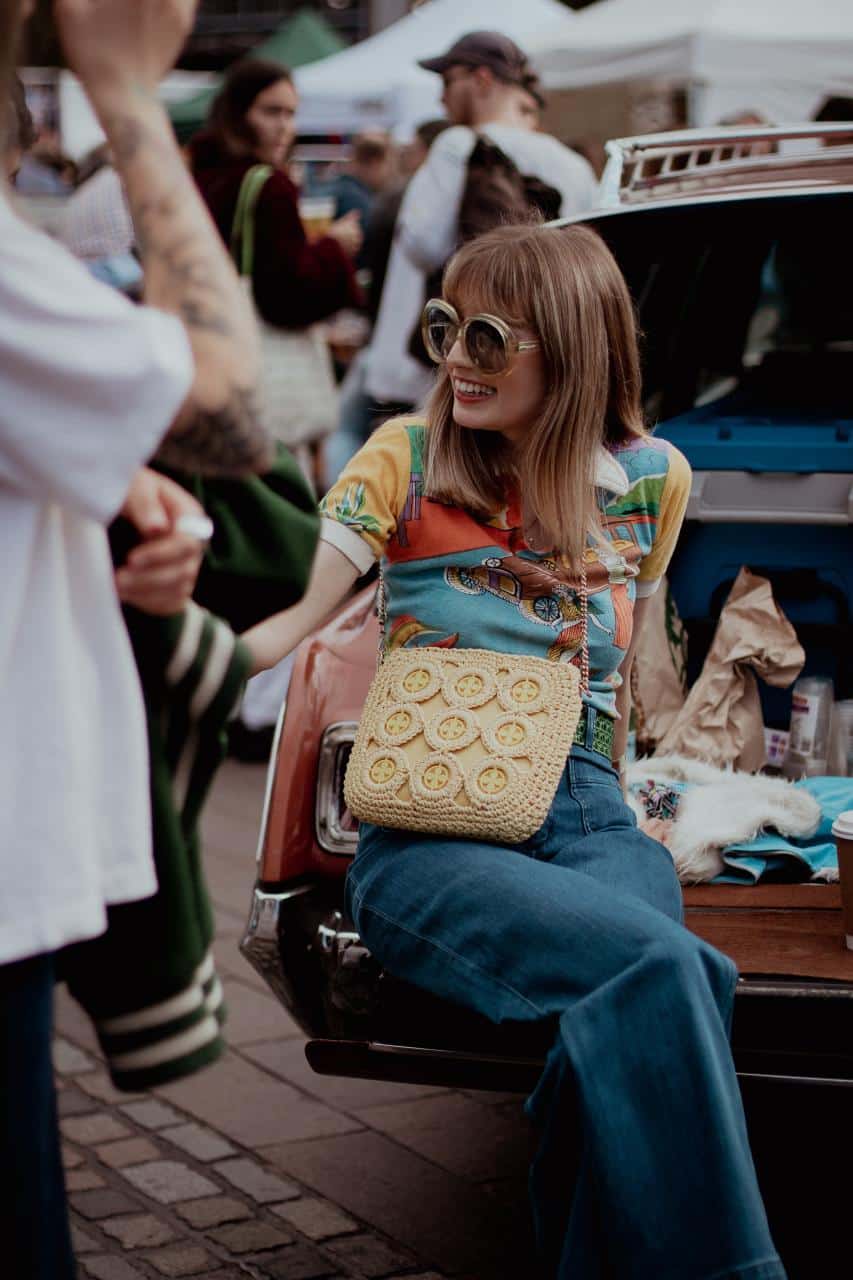
Fashion trends became more widespread, experimental and accessible due to cheap synthetic fabrics. Hippie clothes were the vogue at the start of the decade; however, this evolved into flamboyant disco attire and then athletic outfits. For men, suits and bright clothes were still in fashion, but tight clothes and long hair became increasingly popular, fitting the new craze of androgyny, popularized by David Bowie.
1980-2000
Athletic wear from the 70s was still popular, but as women began to work in senior positions, they used fashion to be taken more seriously by their colleagues, e.g. Oprah Winfrey and Margaret Thatcher, wore a style called “power dressing”. Similar to “power dressing”, “power suits” also became popular; however ‘street style’, featuring baggy clothing and caps, was a new casualwear trend, while another group adopted 70s punk, becoming goth.
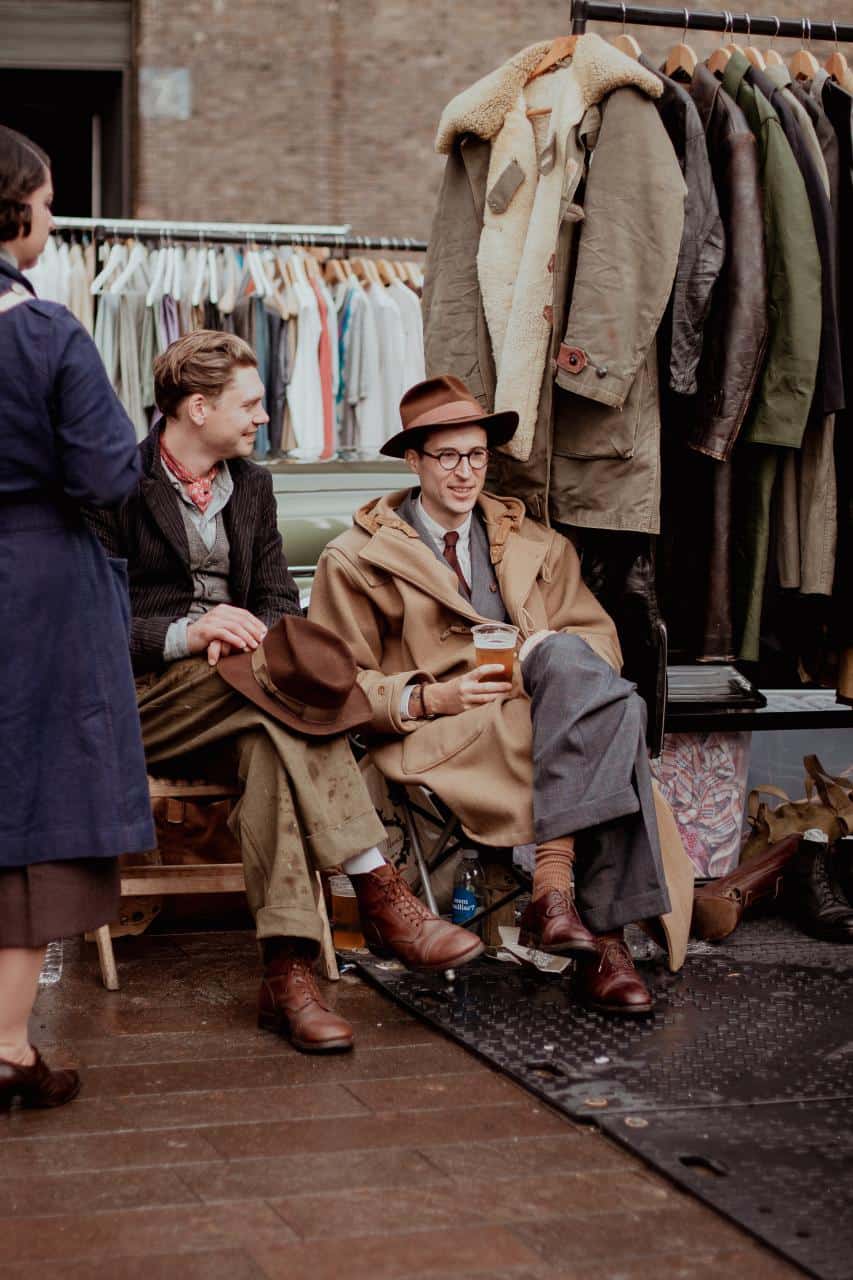
Casualwear was the most popular clothing style, and grunge was the term for wearing everyday clothing like sweatshirts and jeans. Young women also wore more provocative clothing after Britney Spears’ music video “…Baby One More Time” inspired this trend. Grunge bands like Nirvana influenced men’s fashion of band shirts and ripped jeans. Originally apathy to fashion, it became prevalent in the early 90s while hip-hop style also grew in popularity.
Ultimately, fashion fluctuated extensively in the 20th century due to influences such as art, designer differences, wars and social issues. We can see how clothing became less formal over time, and ‘dressing up’ for events is no longer as integral to fashion as it was in the early 1900s. For example, in the 50s, dressing up to go to a casino was necessary, whereas now, people can access a live casino table and don’t have to dress formally or even go in! All of these changes resulted in an incredibly varied history of fashion leading up to the modern day.
